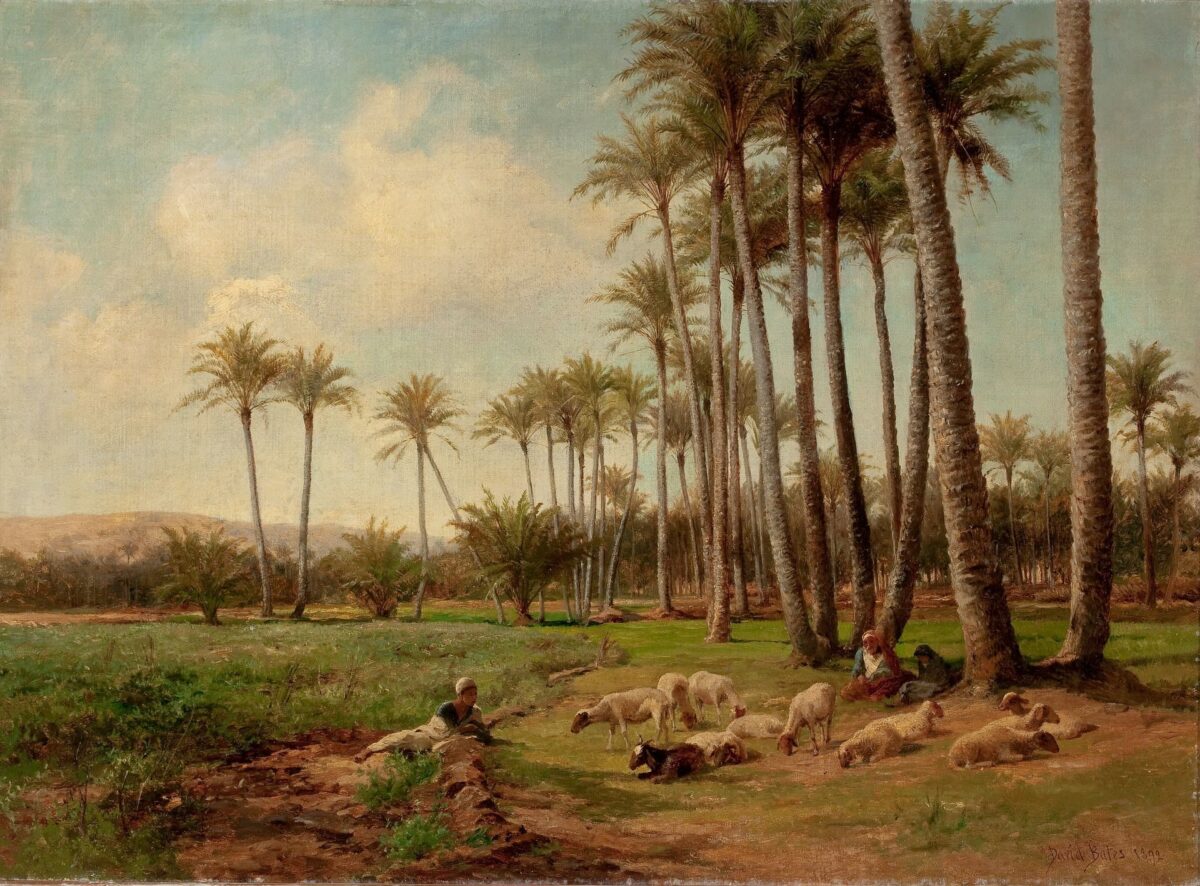IAS 41 specifies the accounting requirements for agriculture. This standard is applied when entities account for the following items when they relate to agricultural activity:
- Biological assets, except bearer plants. Bearer plants are accounted for in accordance with IAS 16 Property, Plant and Equipment.
- Agricultual produce at the point of harvest. Harvested agricultural produce is accounted for in accordance with IAS 2 Inventories or another applicable standard.
- Government grants. This will be explained further in this article.
Let us now dive deeper into the accounting requirements for IAS 41.
#1: What is the definition of agricultural activity, biological asset and agricultural produce?
IAS 41 defines agricultural activity as the management by an entity of the biological transformation and harvest of biological assets for sale or for conversion into agricultural produce or into additional biological assets. Agricultural produce on the other hand is defined as the harvested produce of the entity’s biological assets – i.e., a living animal or plant. Produce growing on bearer plants is also a biological asset.
IAS 41 gives examples of biological asset, their agricultural produce and products that are the result of processing after harvest. Some of the examples are included below for reference:
| Biological assets | Agricultural produce | Products |
|---|---|---|
| Oil palms | Picked oil palm fruits | Palm oil |
| Sheep | Wool | Yarn, carpet |
| Tea bushes | Picked tea leaves | Tea |
#2: What is bearer plant?
IAS 41 scopes out bearer plants and accordingly, bearer plants are accounted for under IAS 16 Property, Plant and Equipment. This is because, bearer plants are treated the same or no different as plant and equipment of the entity – to produce output in terms of goods and services. Agricultural produce is the output of bearer plants. The standard defines a bearer plant as a living plant with the following 3 characteristics:
- is used in the production or supply of agricultural produce;
- is expected to bear produce for more than one period; and
- has a remote likelihood of being sold as agricultural produce except for incidental scrap sales.
The standard also provides guidance that the following are not bearer plants:
- plants cultivated to be harvested as agricultural produce.
- plants cultivated to produce agricultural produce when there is more than a remote likelihood that the entity will also harvest and sell the plant as agricultural produce – i.e. plant that is cultivated for both their fruits and their lumber.
- Annual crops such as maize and wheat.
Based on the guidance above, entities are expected to use their judgment to determine whether a biological asset is a bearer plant.
#3: What is the recognition requirements?
IAS 41 requires entities to recognise a biological asset and/or agricultural produce only when:
- entities control the asset as a result of past events;
- it is probable that future economic benefits associated with the asset will flow to the entity; and
- the fair value or cost of the asset can be measured reliably.
Entities generally control an asset in agricultural activity through their legal ownership of the asset.
#4: What is the measurement requirements?
On initial recognition, IAS 41 requires an entity to measure a biological asset at its fair value less cost to sell. An entity should also continue to measure the biological asset at fair value less cost to sell at the end of each reporting period, except in a situation where the fair value cannot be measured reliably.
The same measurement is also applied for agricultural produce. It should be measured at fair value less cost to sell at the point of harvest. Once the agricultural produce is harvested, that value becomes its cost at that date when applying IAS 2 Inventories or another applicable standards.
#5: How do we measure the fair value?
The fair value of a biological asset is determine using the fair value guidance in IFRS 13 Fair Value Measurement. It is also possible for entities to group biological assets or agricultural produce according to significant attributes in assessing the fair value.
In addition, IAS 41 also states that cost may sometimes approximate fair value, especially when:
- little biological transformation has taken place since initial cost incurrence; or
- the impact of the biological transformation on price is not expected to be material.
#6: What happen if the fair value cannot be measured reliably?
In IAS 41, there is a presumption that fair value for a biological asset can be measured reliably. The same presumption is also applied in IAS 40 Investment Property. This presumption, however, can be rebutted only on initial recognition of a biological asset for which quoted market prices are not available and for which alternative fair value measurements are determined to be clearly unreliable.
Where the fair value cannot be measured reliably, IAS 41 allows an entity to measure the biological asset at its cost less accumulated depreciation and accumulated impairment losses. However, the biological asset shall be measured at fair value less cost to sell once the fair value becomes reliably measurable.
Entities should also take note that once a non-current biological asset meets the classification as held for sale or included in a disposal group that is classified as held for sale, it is presumed that the fair value can be measured reliably.
#7: How do we treat government grants relating to biological assets?
The accounting treatment in IAS 20 Accounting for Government Grants and Disclosure of Government Assistance is applied for government grants related to a biological asset measured at cost less accumulated depreciation and accumulated impairment losses.
However, for government grant related to a biological asset measured at fair value less cost to sell, IAS 41 requires entities to recognise the grant in profit or loss, only when the grant becomes receivable and the grant is unconditional. If the government grant is conditional, including when the grant requires entities not to engage in specified agricultural activity, such grant is recognised in profit or loss only when the conditions attached to the grant are met.
We have now summarised the key requirements in IAS 41. Please also that note that in addition to the requirements above, IAS 41 also governs the disclosures required to be included in the financial statements.
Stay tuned for our upcoming updates on the Factsheet Series by following us on social media. Meantime, enjoy other articles in Financial Accounting section or ask your queries by Joining us on Community. It is free and open to join for all, now.

